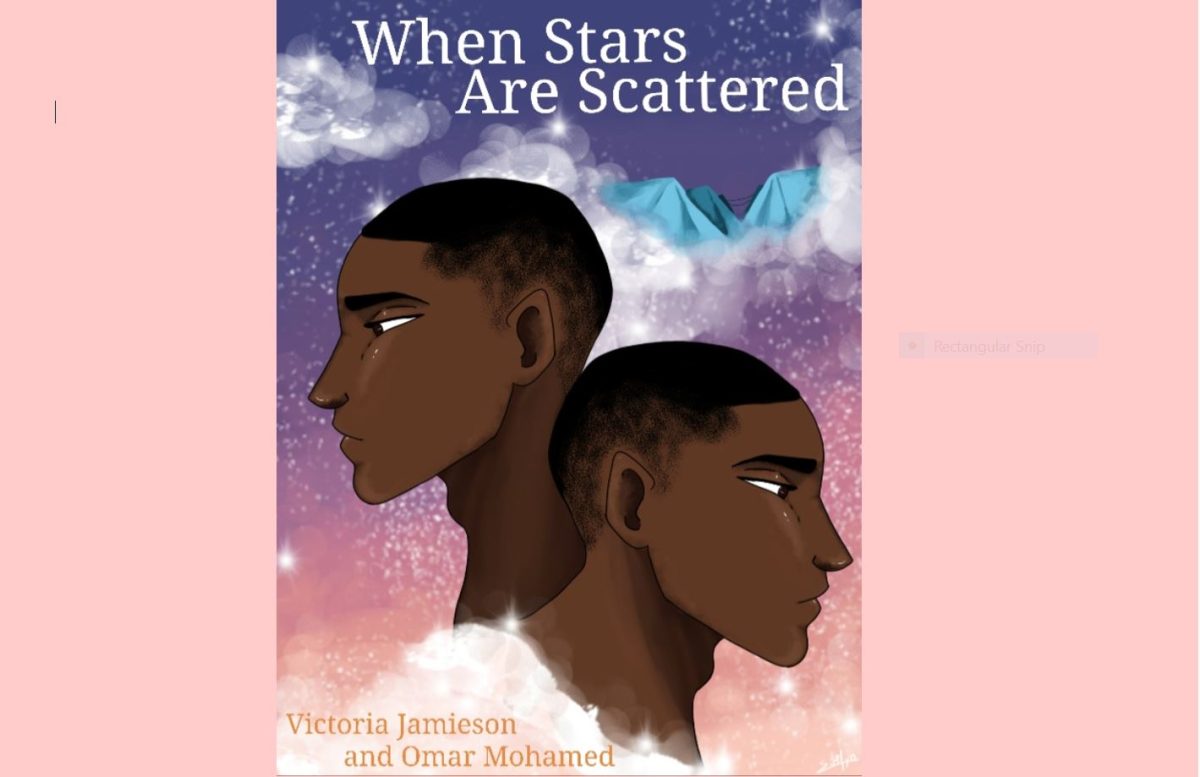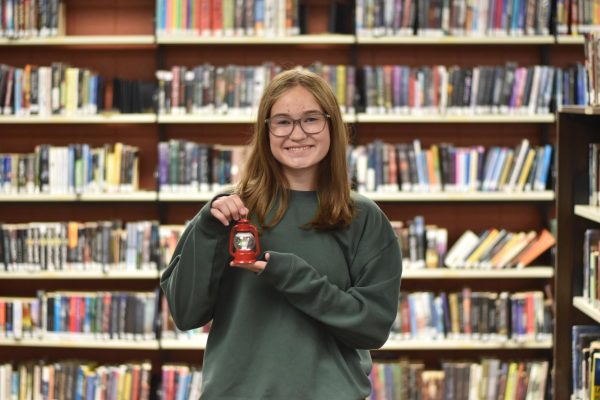Graphic novels are generally seen as a stepping stone for children from reading picture books with few words to reading what are essentially longer picture books with more words. Graphic novels are for people of all ages and display a wide array of stories from around the world, which is no exception for the graphic novel called When Stars Are Scattered. This novel is a memoir/autobiography written by Omar Mohamed and Victoria Jamison, and it tells the true story of two young boys, Omar and Hassan Mohamed, who live in Dadaab as refugees during the beginning of the Somali Civil War. These boys live in the largest refugee camp in Kenya, and this book shows what their everyday life was like living in this camp. This captivating and emotional graphic novel about the displacement of the ongoing Somali Civil War is accompanied by the stunning drawings by Victoria Jamieson and Iman Geddy. This novel is divided among three parts, which show Omar and Hassan at different parts of their lives as they age in the camp.
Jamison’s and Mohamed’s talented storytelling is showcased throughout the entire book, but the parts that really show their skillful writing are the parts that show what it is truly like living in Dadaab. This graphic novel tells the story of everyone who has lived or lives in Dadaab, but more specifically about two young brothers. Omar and Hassan became orphans of the Somali Civil War at a young age when their father was killed and their mother disappeared, so they were raised by Fatuma in Dadaab. Fatuma, as Mohamed describes, was like their foster mom; she was a very kind older woman who lived in the tent next to Omar and Hassan and watched over them. Fatuma would help them with everyday things throughout their time at the refugee camp, things like getting their food rations, cooking for them, teaching them how to care for livestock, and many more. Throughout the three parts of this book, it shows the harsh living conditions they had to go through because there were many people living in Dadaab with very few resources, but there were very few who were fortunate enough to be chosen for resettlement.
This novel expertly shows a very important desire among most people that live in a refugee camp, which is resettlement. Resettlement from Dadaab meant a very long wait to even be considered, and an even longer process of interviews and paperwork to leave the camp to go to another country. A few families would be chosen at once, but some wouldn’t be accepted after the first interview and have to stay at the camp. Resettlement was a hope for the majority of the people living in Dadaab because of all the opportunities they could have in other countries. Once Omar sees some of his friends get chosen for resettlement, he decides that he too wants himself and his brother to be chosen. For the majority of this book, it describes how much Omar wanted him and Hassan to move to the United States. He often imagines what their life could be like in the U.S. if they get chosen, and eventually after a long wait Omar and Hassan finally get their chance to be resettled to the United States and to leave Dadaab. Fatuma helped them through this process, but wasn’t able to join them in the U.S. because she wasn’t a blood relative.
Victoria Jamieson and Omar Mohamed have created an emotional, yet beautiful graphic novel about a really important subject that people of all ages would enjoy. They have written about the refugees of the ongoing Somali Civil War, and what it is like for them living in Dadaab. This is a very important story for people to learn because this has happened to thousands of people over the past three decades and more than 240,000 people currently live in Dadaab with most of them having lived there for their entire lives. Omar Mohamed has gone back to support the children that live in Dadaab since leaving the camp when he was nineteen years old. Omar gave out school supplies for the students living in Dadaab with the nonprofit organization Refugee Strong, as he describes in his author’s note at the end of the book. This graphic novel has become one of my favorite books and I highly recommend everyone to read this fantastic novel that is so much more than just a stepping stone for young readers.



